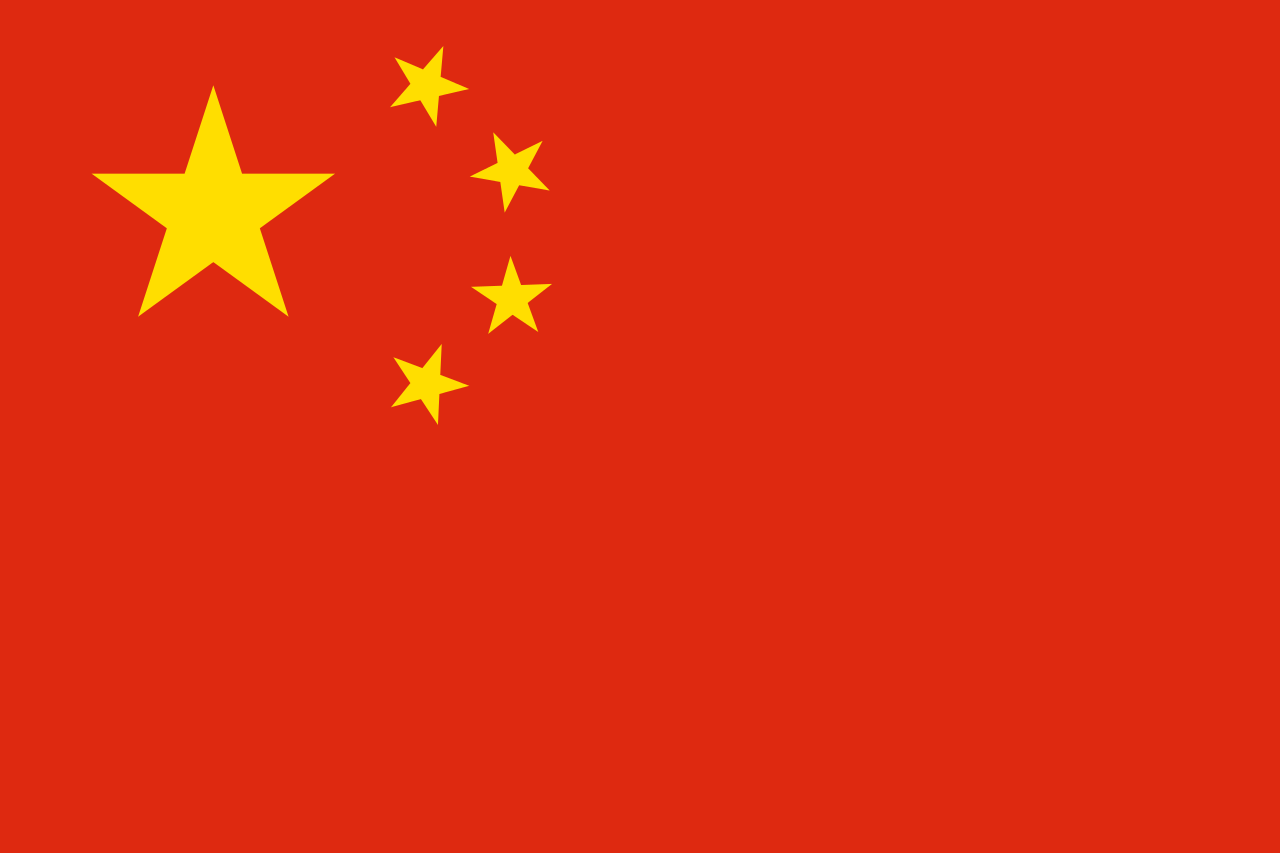This is an excerpt of my article “Shenzhen Connect A Welcome Opening To A Different But Expensive Segment Of The China A-Share Market” published right before the Hong Kong – Shenzhen stock connect went live.
…
Overall Outlook on Major China Equity Markets and ETFs
To put the Shenzhen market into perspective, it is worth taking a step back and comparing all the different China indices / ETFs and ways of investing in the “Global China” theme:
First, there is the overall China A market, which is mostly tracked by the CSI 300 index (whose biggest US ETF tracker is ASHR) followed by the FTSE A50 Index (tracked in the US by the CSOP FTSE China A50 ETF AFTY, but also by many of the top A-share ETFs in Hong Kong and by a liquid futures contract in Singapore). Not many investors care to specifically track the Shanghai vs. Shenzhen markets separately as much as US investors used to care about DIA vs. QQQ, but the biggest such example might be the CSOP ChiNext Index ETF (SEHK: 03147) which has been tracking the Shenzhen ChiNext index for about a year and a half.
Second, there is the China H-share market of Mainland Chinese companies listed in Hong Kong. Many of these companies are dual-listed as A-shares, so there is some double-counting, but Hong Kong’s H-share market cap of just under US$3 trillion is slightly smaller than either Shenzhen or Shanghai at US$3.2 trillion and US$4.4 trillion respectively. These H-shares are mostly tracked by US investors with the iShares FTSE Large Cap ETF (NYSEARCA:FXI), followed by the iShares MSCI China ETF (NYSEARCA:MCHI), not to be confused with the iShares MSCI China A ETF mentioned earlier. There is also an ETF which allocates between A-shares and H-shares dynamically based on valuation: the CSOP China CSI 300 Dynamic A-H ETF, humorously listed with the ticker symbol “HAHA“.
Third, there is the China “N-Share” market of Mainland Chinese companies trading in the US. Again, many of these are also listed in Hong Kong or Mainland China, but overall this market is about the same size as Hong Kong’s spread over half as many companies.
Fourth, there are a small handful of Mainland Chinese companies listed in Singapore “S-shares” or “S-chips” or Taipei, and I have ignores the few others listed in Kuala Lumpur, London, and a few other exchanges.
Fifth, there are Hong Kong based companies listed mostly in Hong Kong, with some listed in Singapore. These companies are correlated to, but still behave someone distinctly from, their mainland counterparts, and currently trade between the valuations of the H-shares and A-shares. US investors track these Hong Kong companies with the iShares MSCI Hong Kong ETF (NYSEARCA:EWH).
Finally, we complete Greater China with the Taipei listed market, which is mostly made up of companies based on the island of Taiwan, which can be tracked with the iShares MSCI Taiwan ETF (NYSEARCA:EWT).
The relative sizes, numbers, floats, dividend yields, returns on assets/capital/equity, and valuation ratios for these different markets are summarized below:
Source: WSJ
The above table has a lot of information, but my main observations on what it says about the Shenzhen market:
- Shenzhen-listed companies are, on average, smaller than their Shanghai, Hong Kong, and New York listed counterparts, and closer in size to Hong Kong and Taiwan based companies.
- Shenzhen listed companies, on average, have a higher free float than most other China markets, being made up less of state owned enterprises (SOEs) and more of private tech ventures.
- Shenzhen is by far the most expensive of these markets on a EV/Sales or EV/EBITDA valuation basis.
Another table shows what is perhaps the biggest reason for foreigners to take interest in Shenzhen connect: Shenzhen listed companies are less likely to be dual-listed in Hong Kong or New York, and are also less likely to be state-owned banks or oil companies.
[End of excerpt]



One thought on “China A-shares are too expensive to get excited about Hong Kong-Shenzhen Stock Connect, at least for now”
Comments are closed.